Every traveler has a bucket list – a curated mental archive of adventures they dream of undertaking before hanging up their well-worn hiking boots. Yet, the true magic of travel often lies not just in visiting a famous landmark, but in engaging with a place on a deeper, more personal level. It's in the sensory overload of a new continent, the quiet connection forged on an isolated trail, or the sheer exhilaration of an unexpected wildlife encounter. These aren't just photo opportunities; they are transformative experiences that reset your perspective and create indelible memories.
This travel guide moves beyond the standard tourist trail, offering a collection of experiences from around the world that are defined by their immersive nature, breathtaking beauty, and the profound sense of accomplishment they instill. From the sun-drenched coastal drive of a lifetime to the cool, spiritual air of an ancient mountain citadel, and from an intimate encounter with ocean life to the raw, geothermal power of a volcanic island, these 5 activities promise not just a trip, but a true journey. To fully embrace the spontaneity of such global travel, it's wise to handle the details at home efficiently. For instance, securing your transport to the airport ahead of time ensures a smooth start, and for those who require parking, booking through platforms that offer airport parking offers can save time and money. With those logistics handled, your mind is free to focus entirely on the adventures awaiting you. Prepare to be inspired by a few of the planet's most enriching travel possibilities!
Are you ready to trade the standard sightseeing trip for these 5 transformative global adventures?
Driving the Pacific Coast Highway – California, United States
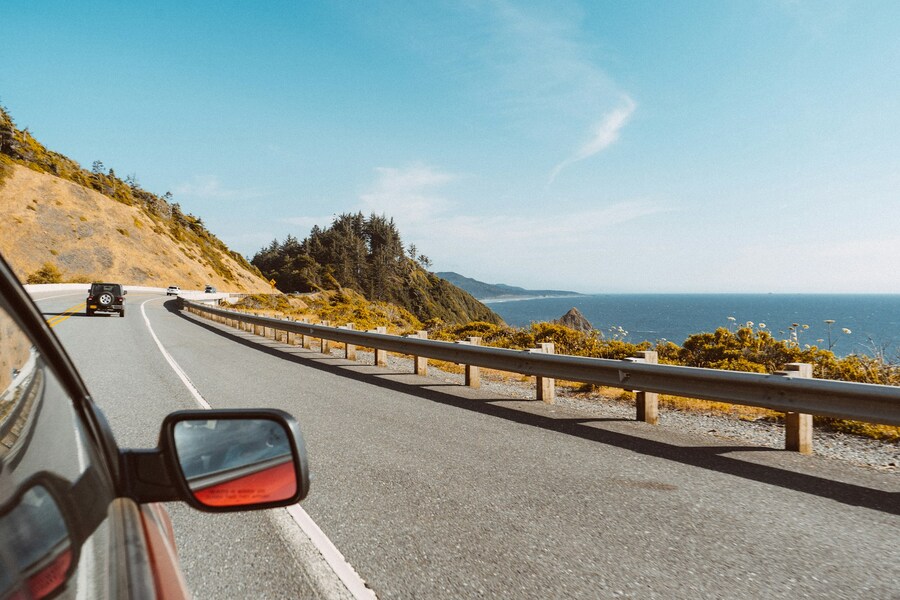
Source: Cristofer Maximilian/Unsplash
The Pacific Coast Highway, officially known in part as California State Route 1, is often lauded as the world's most scenic drive, and for good reason. This ribbon of asphalt hugs the rugged, dramatic coastline for over 650 miles, connecting Southern California's surf culture with the misty, majestic forests of the North. The ideal journey spans 3 to 5 days, allowing ample time to pause at the hundreds of stunning overlooks and explore the eclectic towns dotted along the route. Starting in San Francisco and heading south to Los Angeles is generally recommended, as it places your vehicle on the ocean-side lane, offering unobstructed views straight down the cliffs to the crashing Pacific waves below.
The true highlight of this drive is the Big Sur region – a 90-mile stretch of unparalleled natural beauty where the Santa Lucia Mountains plunge directly into the sea. Here, iconic landmarks like the Bixby Bridge, a magnificent concrete arch spanning a dramatic canyon, beckon for a photograph. Further south, the quirky opulence of Hearst Castle provides a fascinating historical interlude. Travelers must be prepared for dynamic weather conditions, which can range from bright sunshine to thick, atmospheric fog rolling in off the water, instantly transforming the landscape into something moody and ethereal. This drive isn't about speed; it's about the journey itself. The pace is slow, punctuated by stops at elephant seal rookeries, hidden coves like Pfeiffer Beach with its keyhole rock formation, and charming towns, such as Carmel-by-the-Sea, known for its fairytale cottages and upscale galleries. Before embarking on this lengthy road trip, especially if flying in, coordinating your arrival and departure is essential. For those needing cheap airport parking for their domestic flight, utilizing services like ParkingNearAirports.io can be incredibly convenient, as they simplify the process of finding and reserving various off-airport parking services, often allowing travelers to use airport parking coupons for further savings on their secure space. It's a small detail that makes a big difference in starting the adventure stress-free.
Dolphin Trainer-for-a-Day – Roatan, Honduras
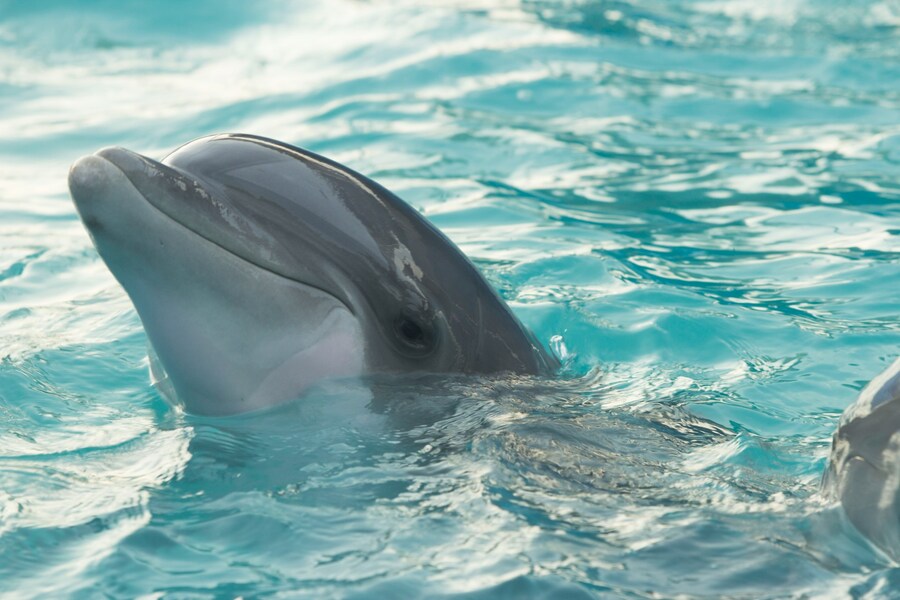
Source: Louan García/Unsplash
Roatan, an idyllic island off the coast of Honduras, is globally renowned for its pristine barrier reef – part of the Mesoamerican Barrier Reef System, the second largest in the world. While snorkeling and diving are main attractions, an extraordinary and intimate activity is the "Dolphin Trainer-for-a-Day" experience offered at a dedicated facility on the island. This is far more than a simple swim-with-the-dolphins encounter. This immersive program offers participants an in-depth, hands-on opportunity to work alongside professional marine mammal specialists.
The day begins with a comprehensive educational briefing, covering everything from dolphin anatomy and behavior to the specifics of their daily care and training protocols. Participants learn about operant conditioning, feed the animals, and even assist in various training sessions throughout the day. This provides a deep understanding of the intelligence and social structure of these magnificent creatures. Crucially, the program emphasizes responsible interaction and conservation, providing a powerful educational component alongside the sheer joy of the interaction. You'll spend hours in the water, not just watching, but actively participating in the dolphins' routine, forming a connection that's both profound and rare. This experience is particularly compelling for animal lovers and those interested in marine biology, offering a unique window into the world of conservation and animal care that far surpasses the usual tourist interaction.
Island-hopping with the Kuna Indians – San Blas, Panama
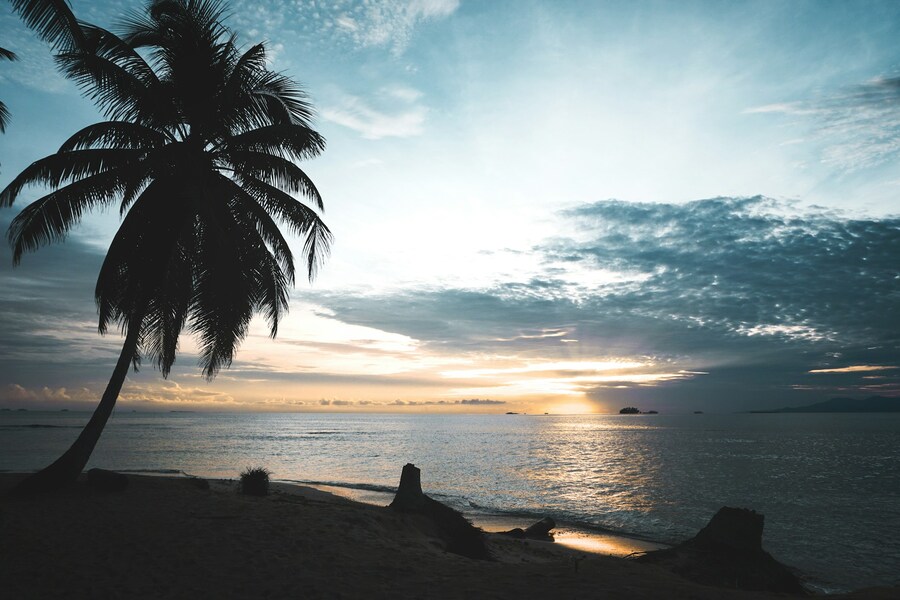
Source: Maarten van den Heuvel/Unsplash
The San Blas archipelago of Panama is an extraordinary destination, composed of over 365 islands and cays scattered across the Caribbean Sea. This region is home to the indigenous Kuna (or Guna) people, who maintain a fiercely independent and traditional way of life. They have autonomous control over their territory, making a visit here a genuine cultural immersion unlike any other. The activity is less about luxury resort hopping and more about experiencing life in its most elemental and authentic form.
Island-hopping in San Blas is done with the permission and guidance of the Kuna community. Travelers typically stay in rustic, palm-thatched cabins on one of the smaller islands, sharing meals of fresh-caught seafood and coconut rice with the local families. The days are spent sailing in traditional ulu (dugout canoes) between the tiny, postcard-perfect islands – many of which are no larger than a tennis court – where a single palm tree provides the only shade. The Kuna are known for their vibrant, intricate textile art called molas, and visitors have the unique opportunity to learn about the meaning and creation of these appliqué panels directly from the women who make them. This journey is a powerful lesson in simplicity, sustainability, and cultural preservation. It requires flexibility and respect for the local customs, rewarding the traveler with untouched natural beauty and a deep appreciation for a culture that has successfully resisted modern globalization. There's little commercial tourism infrastructure, making the experience all the more authentic and unforgettable.
Hiking Machu Picchu Mountain – Machu Picchu, Peru
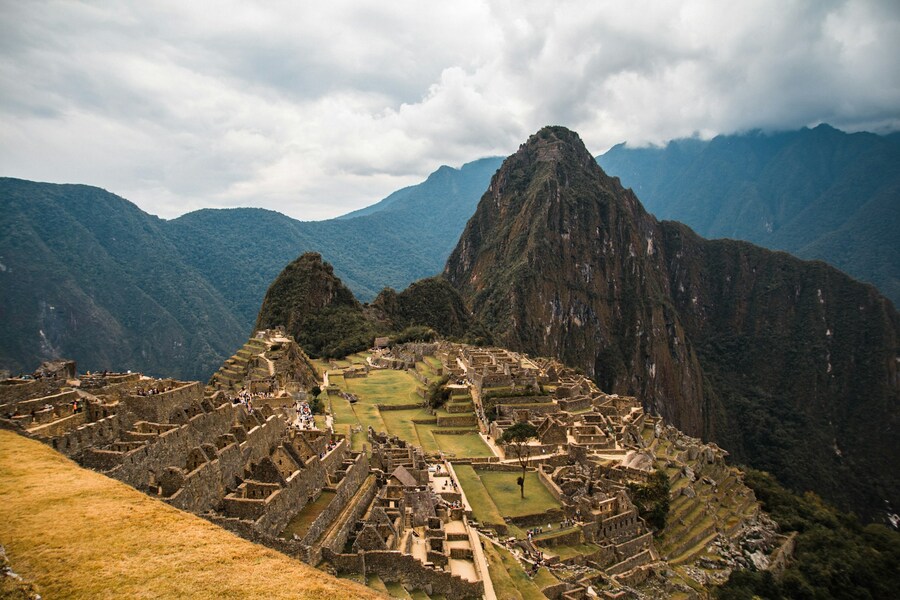
Source: Adrian Dascal/Unsplash
The iconic Inca citadel of Machu Picchu in Peru is one of the world's most famous archaeological sites, but a truly enhanced experience involves adding a climb up one of the surrounding peaks. While many opt for Huayna Picchu (the peak that famously appears in the background of the citadel photos), a more challenging and equally rewarding option is hiking Machu Picchu Mountain. This peak looms directly to the south of the citadel and offers a higher elevation and a longer, more physically demanding ascent, meaning fewer daily permits are issued and fewer people choose this route.
The hike is a steady, strenuous climb up stone staircases and dirt paths for approximately 2 to 3 hours one way. It's not for the faint of heart, but the reward at the summit is spectacular. From the top of Machu Picchu Mountain, hikers are granted an unparalleled, panoramic view of the entire archaeological complex nestled in the U-bend of the Urubamba River far below. It's a view that emphasizes the sheer brilliance of the Inca engineers and the breathtaking isolation of the citadel. Unlike the crowded views from the main terraces, the summit offers a moment of quiet contemplation – a chance to absorb the scale and mystery of this New World Wonder without the constant bustle of tourists. This experience requires an early start and advance booking of the specific ticket, but it offers a transformative perspective on one of history's great sites, deepening one's respect for the ancient civilization and providing a profound sense of physical accomplishment.
A soak in the Blue Lagoon – Iceland
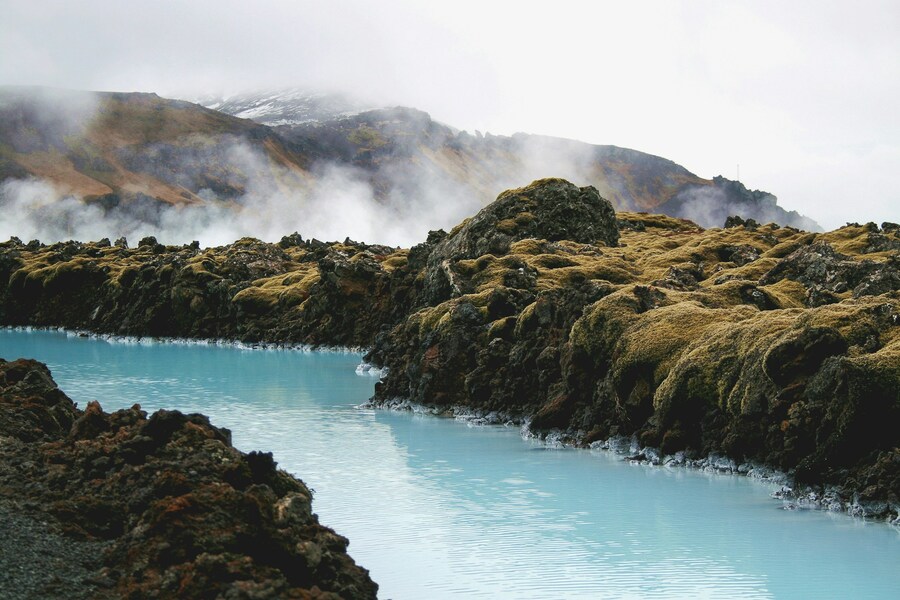
Source: Daniel Schoibl/Unsplash
Iceland, the Land of Fire and Ice, is a country defined by its geothermal power and dramatic, lunar landscapes. While exploring the Golden Circle or hunting for the Northern Lights are popular pursuits, a mandatory and deeply therapeutic experience is a soak in the Blue Lagoon. Located conveniently near the Keflavík International Airport (KEF), it often serves as the perfect bookend to an Icelandic adventure – a place to relax immediately upon arrival or decompress before a departure.
The lagoon is a man-made marvel, a large pool of milky-blue water heated naturally by geothermal energy. The water, a mixture of sea and fresh water, is rich in minerals, particularly silica and sulfur, which are renowned for their skin-healing properties. The experience is meticulously curated for relaxation. Guests can wander through the vast expanse of the pool, apply a silica mud mask from the swim-up bar, or simply float, enveloped by the steamy vapor that rises from the 102°F (39°C) water. Surrounded by black lava fields dusted with moss, the contrast of the bright blue water and the stark, volcanic landscape is utterly surreal and calming. It's an exercise in pure sensory pleasure. The Blue Lagoon experience is a testament to Iceland's ability to harness its raw natural energy for human enjoyment. While it may be a heavily visited site, the sheer size of the lagoon and the pervasive atmosphere of tranquility make it feel like an escape, a necessary moment of warmth and repose in a world of ice and wind. It's a powerful reminder that sometimes the best travel activity is simply allowing yourself to be pampered and restored by the natural wonders of the earth.
Conclusion
The true worth of travel lies in the quality of experiences, not just the number of places visited. Engaging activities, from driving the Pacific Coast Highway and connecting with dolphins in Roatan to learning from the Kuna and finding solitude on Machu Picchu Mountain, challenge and rejuvenate you. These are the immersive, high-impact moments that transform a simple trip into an unforgettable life chapter. Handling logistical details like securing reliable airport parking allows you to keep your focus entirely on the adventure ahead. Choose your next must-try activity wisely, and may your journeys be filled with wonder and discovery!






